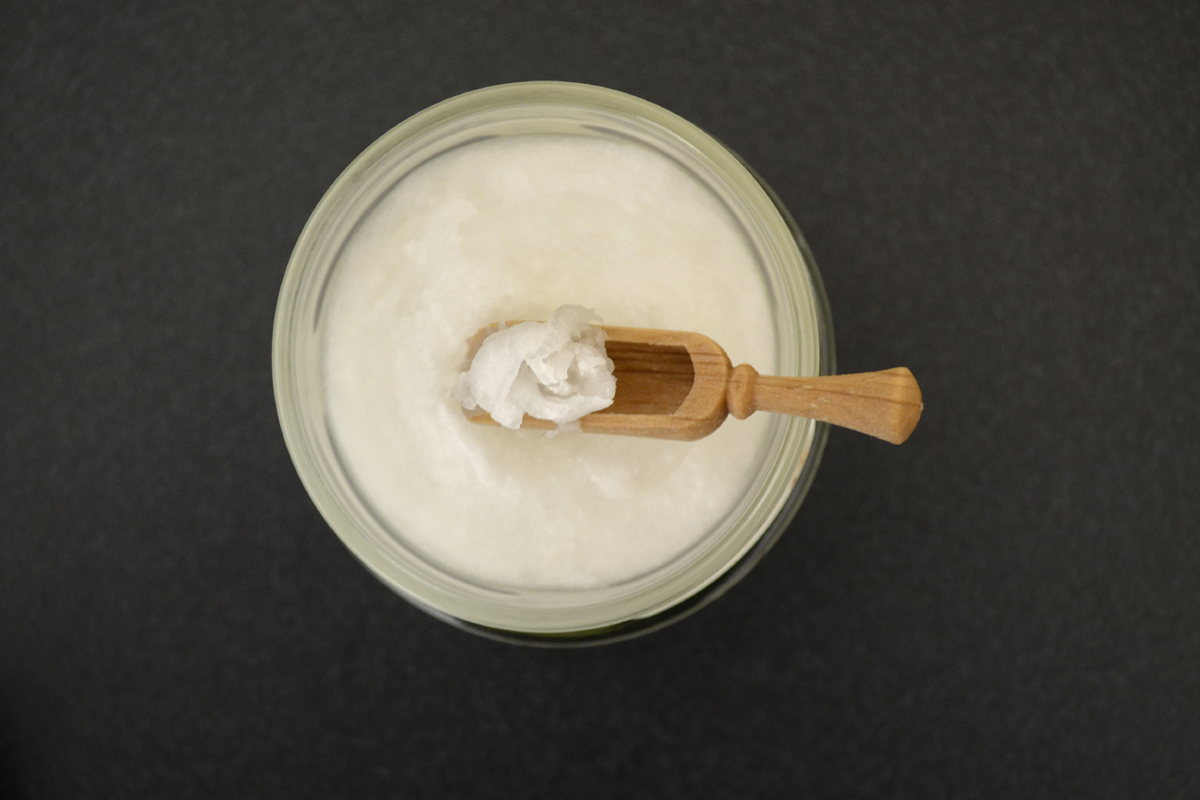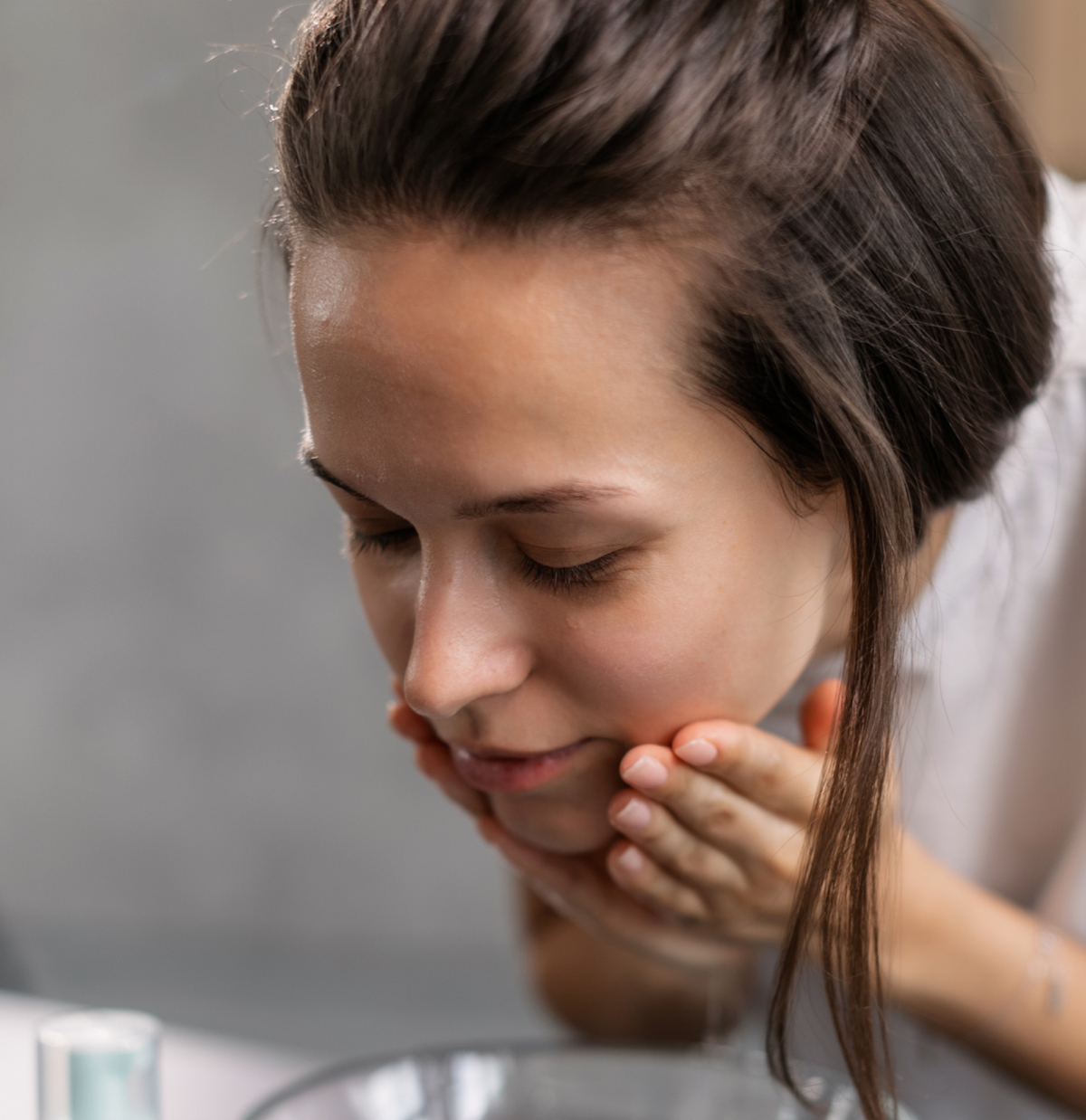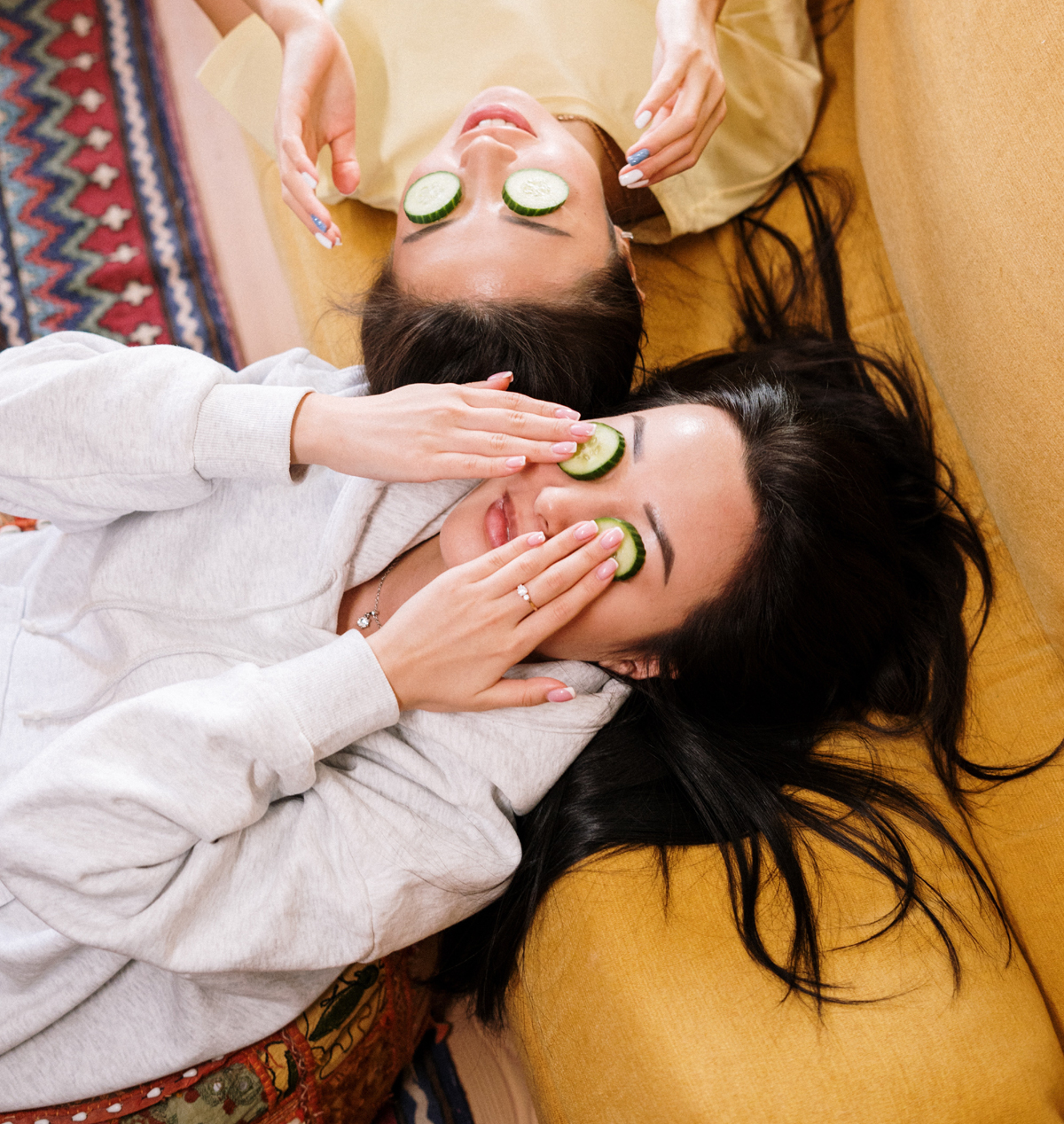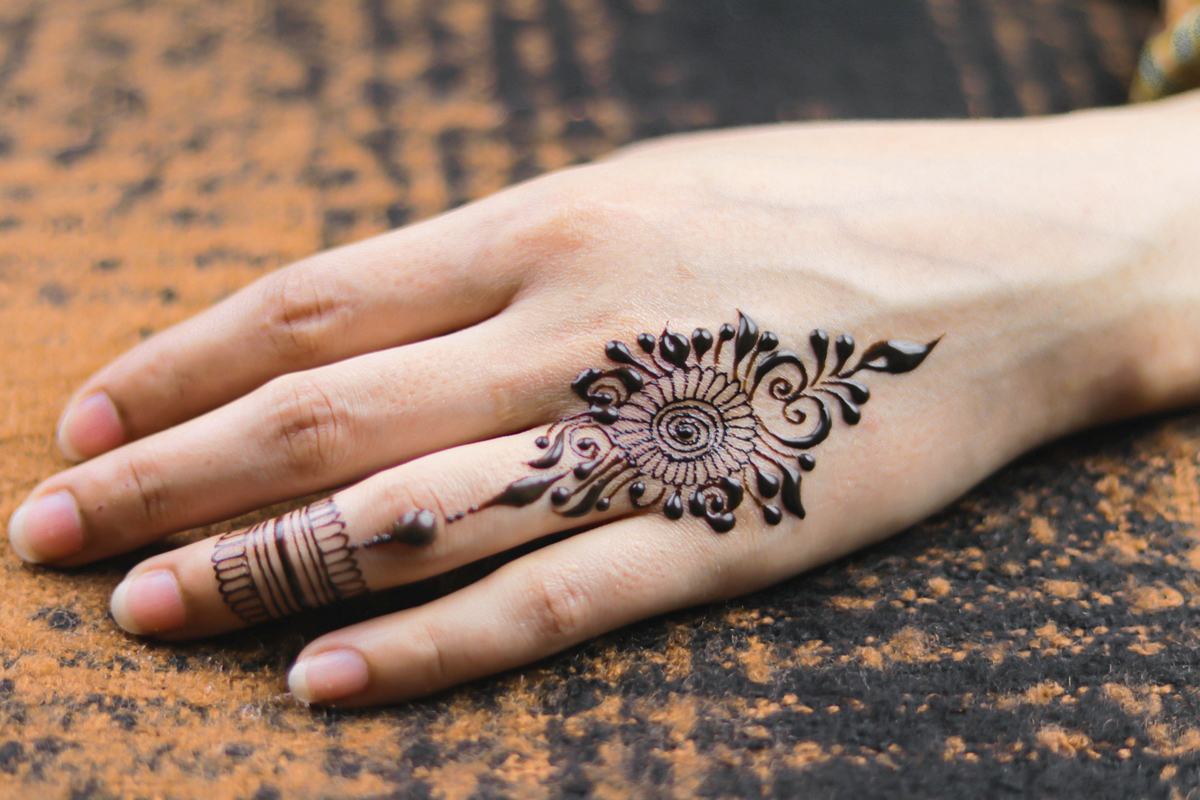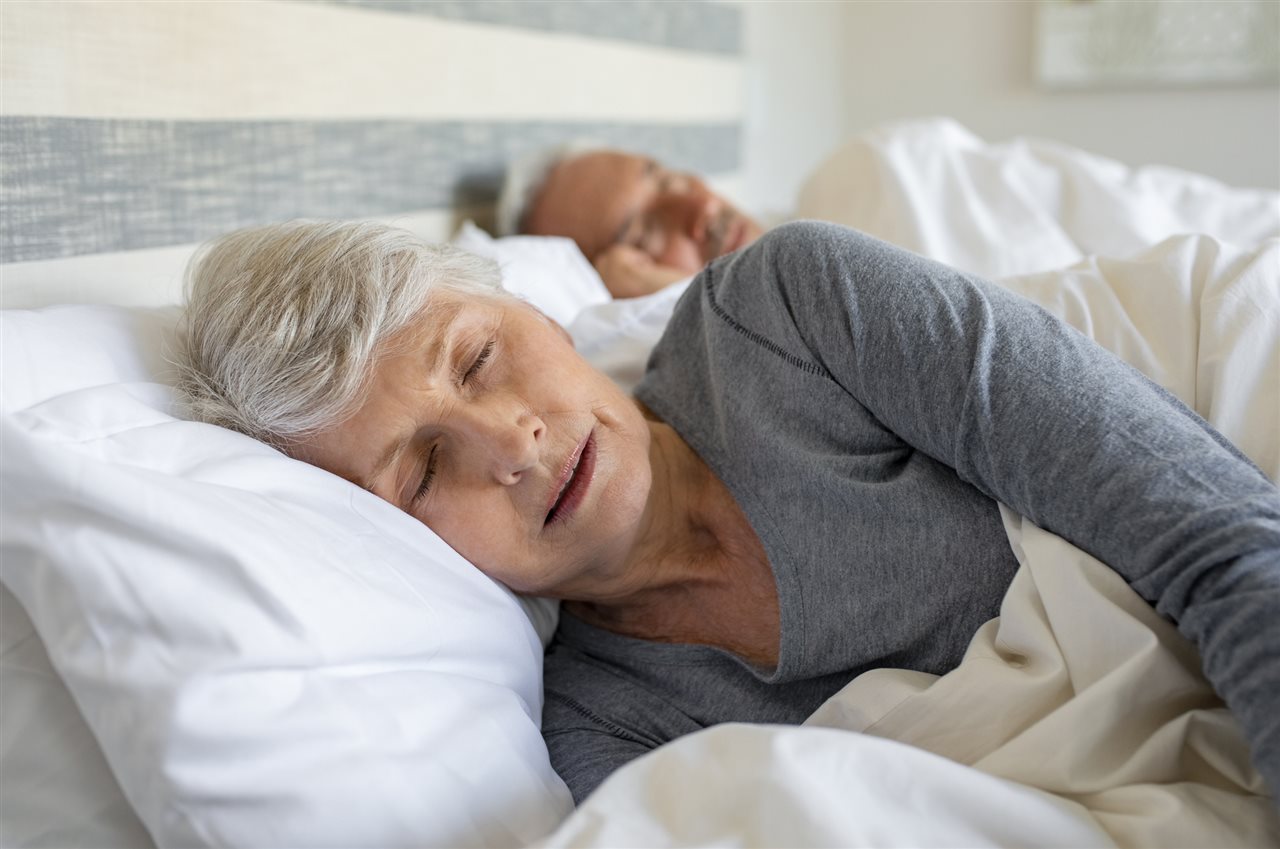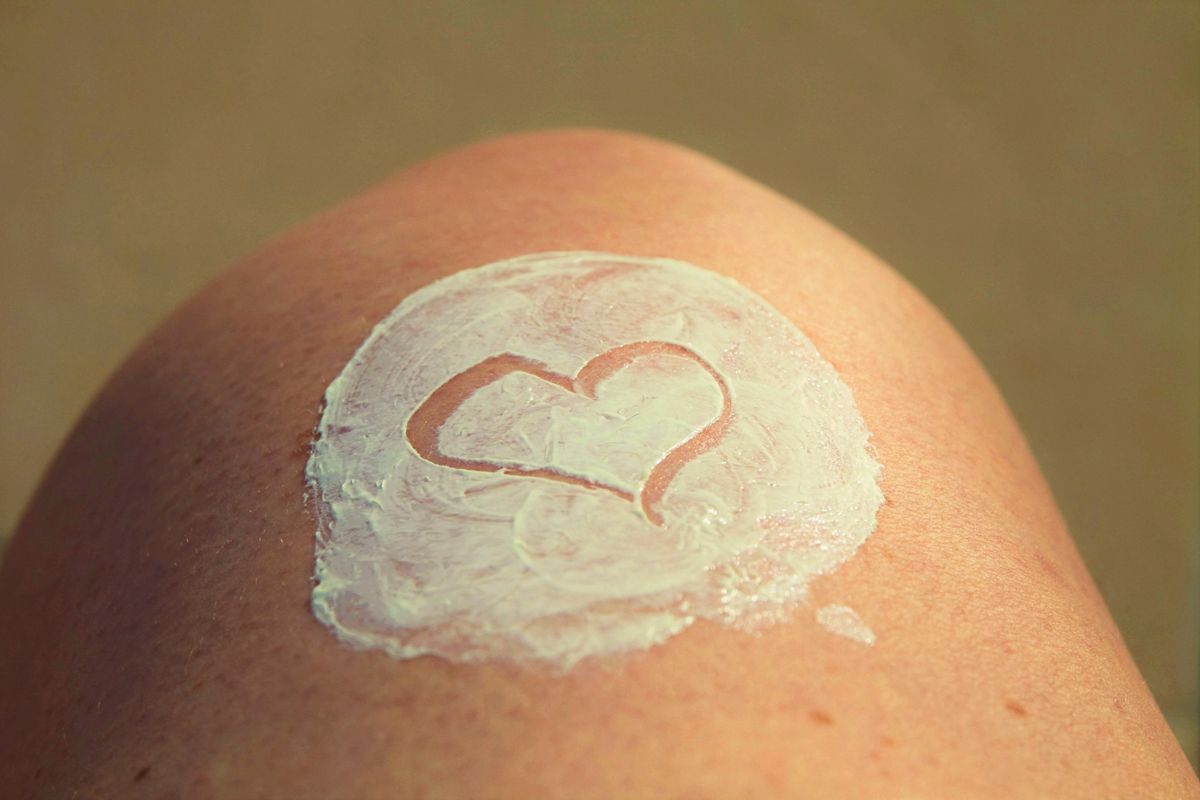How to Get Rid of Acne with a Natural Home Remedy
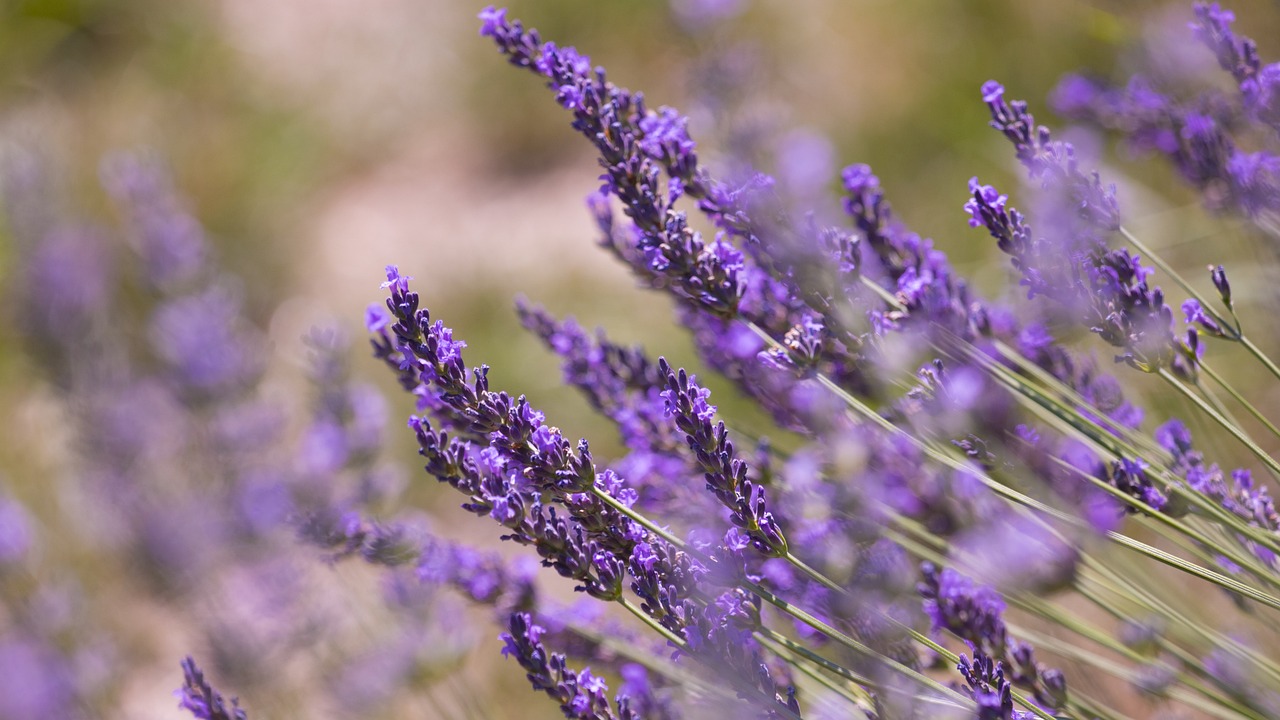
My daughter, who just turned 13, stormed into my room one morning screaming, “Mom! Mom! Mom! I have pimples all over my face!!! Please, make them go away!!!” My husband and I looked at each other, first relieved that there wasn’t a fire in the house, but then his expression turned to more of a, “Honey, do something about it. This is definitely not my area, and you are the ‘skin care doctor’ in the house.” So, I calmly looked at my daughter’s pimple-filled face and said, “O.K., Alena, by the time you get home from school, I’ll have something to help with that.” Whew! Nothing like a little pressure. After she went to school, I popped a couple of St. John’s Wort capsules (an herb which is an excellent mood enhancer – Just a little herbal humor there for you.) and made a bee-line for my herbal lab.
I will be sharing my natural acne remedy with you so you can be loaded with ammunition when your teen storms into your room, but first let’s understand a little about acne before we begin to make the remedy. Acne is a skin disorder characterized by the presence of blackheads, whiteheads, or pimples blocking the pores of the skin. It is the most common of all skin problems. Acne is not the result of dirty skin. It occurs when increased production of the male sex hormone testosterone stimulates the skin to produce vastly greater quantities of sebum, or oil. Other factors that contribute to the development of acne include heredity, stress, oily skin, and overgrowth of the yeast Candida albicans. As in my daughter’s case, the form of acne known as acne vulgaris (Latin for “common acne”) is the most common during puberty, the stage of life in which the body creates the most testosterone.
Of course, you should always consult your doctor if you feel the acne condition, or any medical condition, is a serious matter. My personal belief is that the Good Lord has provided so many natural resources for us, so if I can find a remedy right from Mother Earth, I certainly will, and acne is one of those conditions for which I prefer to find a natural solution. I can share with you, however, that conventional medicine treatments for acne typically include antibiotics and large doses of vitamin A. Each has its drawbacks. Antibiotics are effective only if they are taken for long periods, and can lead to digestive disturbances, among other problems. Vitamin A supplements are generally safe when used as prescribed, but can cause liver damage in overdose and birth defects if there is an unexpected pregnancy. Isotretinoin (Accutane), a drug prescribed for severe acne, can cause miscarriage and multiple birth defects if taken during pregnancy, as well as problems affecting the liver, intestines, eyes, ears and skeletal system. Herbal treatments do not carry these risks. Some herbs for acne can address the internal issue while others we use topically.
Now, let’s get you whipping up your herbal acne remedy. There are many wonderful herbs which you can consider for the treatment of acne. For the purpose of skin treatments, I purchase many of the herbs in the form of essential oil. Essential oils are highly concentrated extracts of the plant, so just one drop is often equal to a full ounce of the plant itself. Other ingredients are in the form of an oil or gel, which I have noted accordingly. You can purchase all of these ingredients in your local nutrition store or online.
You will also need a 1 ounce bottle with a dropper. We will initially be mixing our serum in a small bowl (plastic bowl is just fine), you will also need a small spoon for stirring and a small sandwich bag, which I will explain later.
Here is a list of the ingredients we will be using in our natural remedy. Into your plastic bowl, put the following:
Aloe Vera Gel:
This is the important base for our acne serum. You will need about 1 oz of gel. Find organic if you can without the addition of synthetic ingredients. Just 100% Aloe Vera Gel. Aloe is one of the miracle skin herbs which are used in many natural skin care solutions. Aloe gel is a mild anesthetic that relieves itching, swelling and pain. Aloe also helps repair damaged cells and prevents scarring. Moreover, Aloe contains enzymes, carboxypeptidase and bradykininase, that relieve pain, reduce inflammation, and decrease redness and swelling. Clinical studies have confirmed that skin conditions such as burns and cuts treated with aloe vera gel heal as much as three days faster than burns and cuts treated with unmedicated dressings or with chemical antiseptic gels.
Evening Primrose Oil:
To the 1 oz of aloe vera gel now in your small bowl, add one half (1/2) of a dropper of evening primrose oil. If you are using capsules, break open about 5 capsules with a clean needle and squeeze the oil into the bowl. Evening primrose is a wildflower that grows throughout North America, Europe and some parts of Asia. The reason we are using it in our serum is that the seeds of this plant, whose flowers open in the evening, contain oil that is rich in essential fatty acids and is touted among nutritionists for its healing powers. It is one of the most concentrated sources of gamma-linoleic acid (GLA), an essential fatty acid (of the omega 6 family) with anti-inflammatory properties. It is truly one of nature’s blessings.
Lavender Essential Oil:
To the bowl add 5 small drops of the lavender essential oil. Lavender helps to heal skin conditions like acne through the action of two compounds found in the essential oil, linalool and linalyl aldehyde. Linalool increases the threshold of pain, meaning that a stronger stimulus is required before pain is felt. In addition to stopping the perception of pain, lavender also inhibits the hormonal reactions that create inflammation and pain. Lavender also protects the skin from bacterial and fungal infection.
Tea Tree Essential Oil:
To the bowl add 5 small drops of the tea tree essential oil. Native to Australia, the tea tree reaches a height of twenty to twenty-five feet and produces layers of paper-like bark and bears pointed leaves and spikes of white flowers. For centuries before Europeans arrived, the natives used the leaves of this tree as an antiseptic. Tea tree soon became widely recognized as a powerful disinfectant. A clinical study of 124 acne patients found that tea tree oil gel was as effective as benzoyl-peroxide in the treatment of acne, and tea tree had fewer side effects than the prescription treatment.
Rosemary Essential Oil:
To the bowl add 5 small drops of rosemary essential oil. Rosemary is an amazing herb. First of all, it is a natural preservative, so your acne serum will have a long shelf life. More importantly, rosemary stimulates and enhances circulation which enables small wounds to heal faster, it reduces inflammation which both makes acne blemishes less noticeable and speeds up the healing process. It also promotes a more even skin tone, enhances cellular respiration, and works as a mild anti-oxidant.
Now with your spoon, simply stir this mixture vigorously until all the ingredients are well blended. Pour the mixture into a small sandwich bag. Cut one corner of the sandwich bag and squeeze the mixture into your dropper bottle.
In the morning and in the evening cleanse the face, and then with a cotton pad, wipe the skin gently with witch hazel:
Witch Hazel:
Witch hazel is a natural astringent which also tones the skin.
After wiping with witch hazel, use the dropper of your bottle to dispense a small amount of your serum onto clean fingers. Apply the serum to the affected areas twice daily.
The Author:
Natalie A. Decker – As a student of Herbology and Aromatherapy, and as an Usui Reiki Master and Teacher for over 10 years, I have a love for everything natural and holistic. I began to make herbal healing salves and providing Reiki Healing Sessions for friends and family several years back, and although I had no intention of turning my love into a business…such is life!

